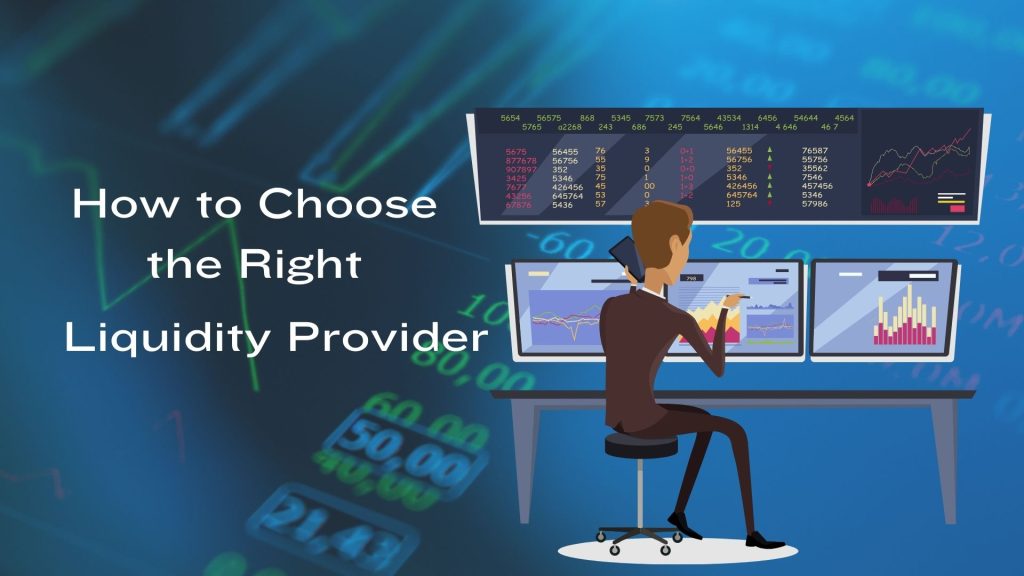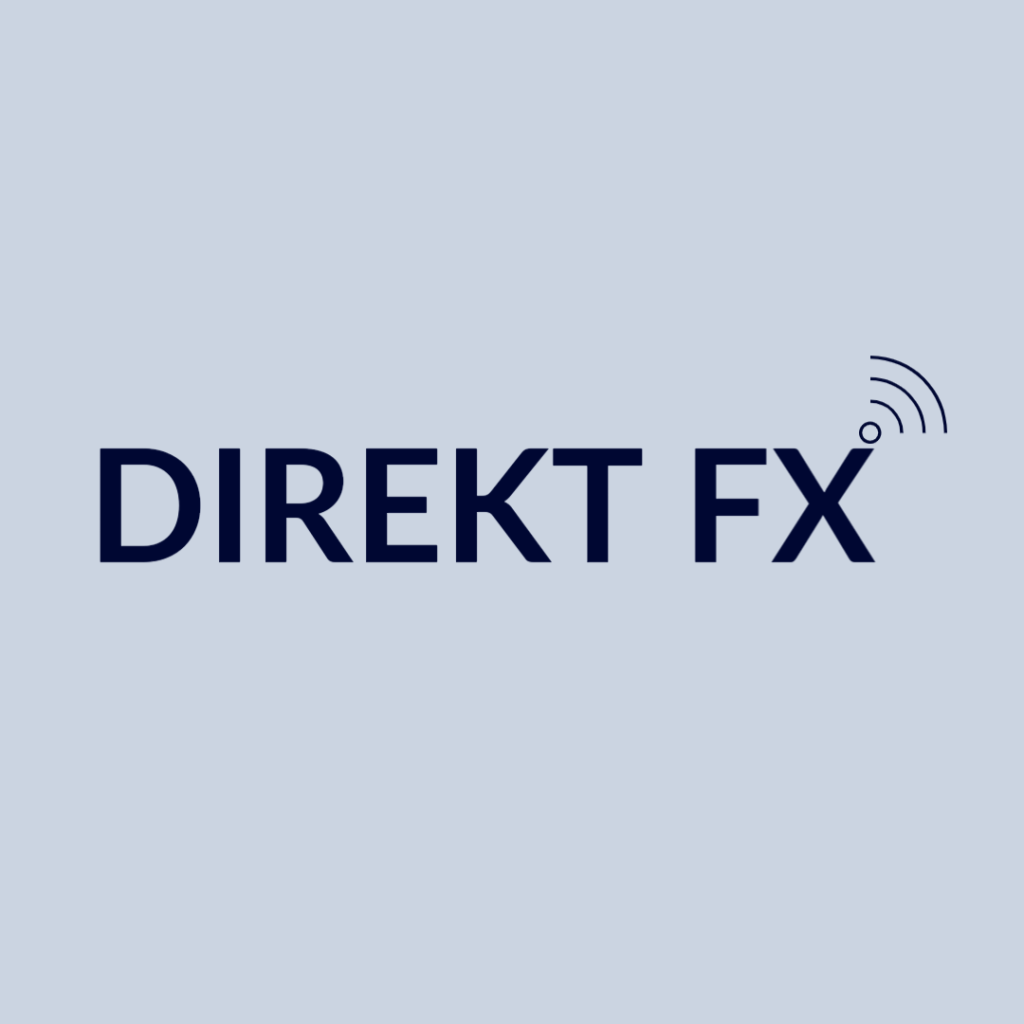
How to Choose the Right Liquidity Provider – A Detailed Guide
Liquidity providers ensure there is enough supply of assets for trading. They help maintain market stability, offer competitive pricing, and enhance trade execution efficiency. Traders and brokers should choose liquidity providers wisely, as they significantly impact trading performance and profitability.
What is a Liquidity Provider?
A liquidity provider supplies the market with buy and sell orders, facilitating smooth trading operations. They ensure sufficient liquidity in the market to meet traders’ demands. Several liquidity providers exist, such as banks, financial institutions, and market makers.
How to Choose the Right Liquidity Provider?
Traders and brokers should consider these factors before selecting liquidity providers:
Regulation and Licensing
A regulated liquidity provider ensures high security and adherence to financial regulations. Regulatory bodies strictly oversee regulated providers, which protects traders from fraudulent activities and ensures transparency.
Reputation and Reliability
Look at their track record and client feedback to assess the reputation of a liquidity provider. Reliable providers have a history of stability and positive reviews. Some sources for checking reviews and ratings are:
Industry Reports: Provide detailed analyses and rankings of liquidity providers.
Client Testimonials: Insights into the provider’s reliability and service quality.
Financial News Outlets: Highlight a provider’s market standing and reputation.
Range of Financial Instruments
A good liquidity provider offers multiple financial instruments. Diversity allows traders to manage their portfolios more effectively and mitigate risk. These instruments include:
Forex: Major, minor, and exotic currency pairs.
Commodities: Precious metals, energy products, agricultural goods.
Equities: Shares of publicly traded companies.
Indices: Market indices representing various sectors and economies.
Cryptocurrencies: Popular digital currencies like Bitcoin, Ethereum, and others.
Pricing and Spreads
A good spread and pricing structure are necessary for cost-effective trading. Spreads refer to the difference between an asset’s bid (buy) and ask (sell) price. There are two main types of spreads:
Fixed Spreads: Remain constant irrespective of market conditions. They provide predictability but can be higher than variable spreads during low volatility.
Variable Spreads: Fluctuate based on market conditions. They can be lower than fixed spreads during stable market conditions but may widen during high volatility.
Technology and Platform Integration
Robust technology and seamless integration are essential for efficient trading. Advanced technology ensures reliable execution, minimal downtime, and enhanced trading capabilities. Some popular trading platforms include:
MT4 (MetaTrader 4): User-friendly interface, advanced charting tools, and automated trading via Expert Advisors (EAs).
MT5 (MetaTrader 5): An upgraded version of MT4. Additional timeframes, more order types, and a built-in economic calendar.
cTrader: Intuitive design, fast execution, comprehensive charting and analytical tools.
Execution Speed and Slippage
Execution speed refers to the time it takes to complete a trade after placing an order. Faster execution minimises the risk of price changes and ensures traders receive the intended price. Slippage occurs when the execution price differs from the expected price due to market volatility.
To measure and compare execution speeds, consider:
Latency: The time data travels from the trader’s system to the trading server.
Fill Rate: The percentage of orders executed at the requested price.
Order Execution Time: The total time from order placement to execution.
Customer Support and Service
Responsive customer support is vital for addressing issues promptly and maintaining trader satisfaction. Key factors to consider include:
Availability: 24/7 support is preferable, especially for international traders.
Languages Supported: Multilingual support caters to a diverse client base.
Expertise: Support staff should be knowledgeable and capable of resolving technical and trading issues.
Additional Services and Tools
Value-added services can enhance trading experience and profitability. Essential services include:
Market Analysis: Detailed reports and forecasts to make informed decisions.
Trading Signals: Alerts for potential trading opportunities.
Risk Management Tools: Stop-loss orders and margin alerts to manage trading risks.
Conclusion
Choosing the right liquidity provider involves evaluating multiple factors. Traders can make an informed decision by thoroughly considering these elements for a reliable and efficient trading experience.
Find the ideal trading and liquidity partners and join the global network of professionals now!
Register your company now and get featured on our homepage!
Follow us on LinkedIn to get daily forex updates!





